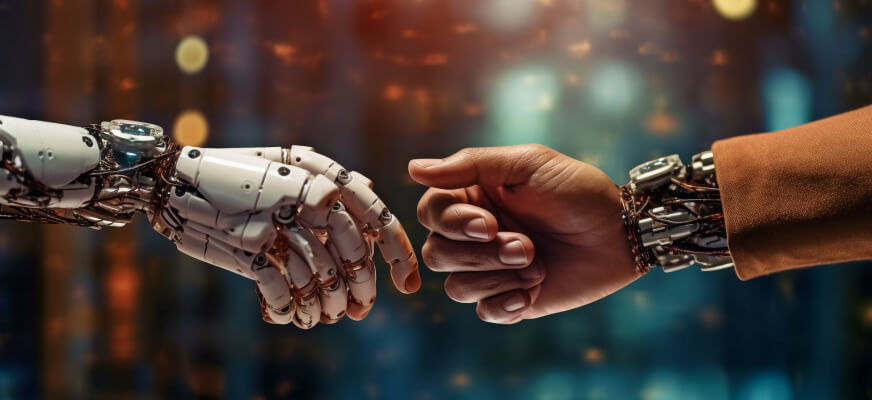Empowering Robotics solutions with Artificial Intelligence

Use of artificial intelligence algorithms within robotic systems to analyze medical images like X-rays, CT scans, and MRIs, allowing for faster, more accurate diagnosis of diseases by automatically identifying abnormalities and patterns that might be missed by the human eye, ultimately improving patient care and treatment planning; essentially, robots powered by AI can analyze complex medical images to assist healthcare professionals in making informed decisions.
Increased accuracy: AI algorithms can detect subtle abnormalities that may be missed by human interpretation.
Improved efficiency: Automated analysis speeds up the diagnostic process, allowing for faster treatment decisions.
Early detection: Early identification of diseases through proactive analysis of medical images.
Reduced variability: AI can minimize inter-observer variability in image interpretation

Copyright Scara Neurals 2024. All Rights Reserved.